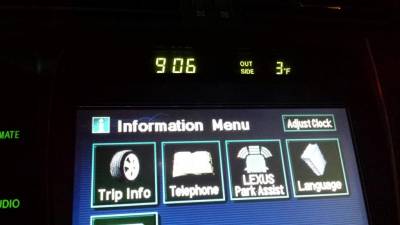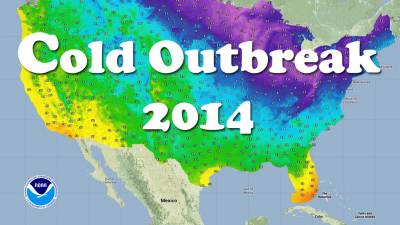life should always be this simple
Relax, unwind, and get informed not overwhelmed.
A Cold Weather Checklist: How to Winterize Your Home
- Hits: 5846
- Subscribe to this entry
No one likes a cold home or paying outrageous utility bills trying to keep warm in cold weather. This checklist helps you beat the cold and keep your heating costs down.
As we move past first day of every winter on December 21, Americans across the country are begin to experience colder temperatures and winter weather, some even experiencing severe snowstorms and dangerous, icy conditions. Time to whip out the Cold Weather Checklist, written by a general contractor who transformed many older homes in New England into much more modern and efficient houses.
When snowflakes start to fall, Americans match up their mittens, dig up their winter boots, and buckle down to weather the storm. But if you’re like many people, you might not always think about adding your house to the winter-weather checklist.
With these expert winterizing tips, you can make your home warm and cozy without breaking the bank on those cold-weather energy bills. We’ll start with the easiest chores at the beginning of our list, to ease you into the winterizing wonderland:
Clean your gutters
This allows melting snow and freezing rain to properly drain throughout the winter season. Start by removing all leaves and debris from your home’s gutters. Use your hands, use a spatula, or, if you’ve read our 2013 Ultimate Leaf-Blower Buying Guide, you can even use your leaf blower to quickly remove gutter debris. Finish up by rinsing the gutters out with a hose – while you do this, look for leaks and make sure that the gutters and downspouts carry water away from the house’s foundation.
Block air leaks and drafts underneath doors and windows
On a chilly, windy day, walk around your house and check near doors and windows for drafty spots. You can easily block these drafts with a draft snake, or even a rolled up bath towel. For air leaks around windows, use weather-resistant caulk on the outside of the house, or weather stripping, to keep the cold air on the outside, where it belongs.
Change your furnace filters once a month while you’re heating your house
Throughout the winter, regularly check your furnace’s air filter. Dirty filters can impede air flow and reduce efficiency, costing you more money in the long run. A dirty filter can also pose a fire hazard, so this is one step you won’t want to skip.
 Check the insulation in your attic
Check the insulation in your attic
You should have at least 12 inches of insulation in your attic. If you don’t, take the plunge and add insulation to what you already have. This will cost money initially, but it will save you money in the future.
Wrap your pipes:
Wrapping pipes in insulation helps on several fronts – this will prevent your pipes from freezing during cold weather, allow you to reduce the heat on your boiler, and get hot water to your sink or shower sooner – no more waiting five minutes for the shower to heat up.
Now here’s where you’ll want to call in a professional
Call an HVAC professional to inspect your furnace and to clean and inspect heating ducts. Your furnace and heating ducts are both crucial to keeping your home warm in the winter. There are several functions that should be checked on each of these, so although it might cost some money, this is one that’s best left up to the pros.
Check your chimney:
Have a certified professional inspect your chimney and remove any hazards within the chimney.
BONUS: Run your ceiling fans in reverse! Most people don’t know this is possible – even I didn’t know this function existed until just recently – but most new ceiling fan units can actually be run in reverse. A switch on the fan reverses the directions of the blades, so they begin to rotate clockwise, instead of counterclockwise. The clockwise motion of the blades actually pushes warm air down and recirculates it throughout the room. So turn that switch, warm up, and use this fun fact as an ice breaker at your next holiday party – your friends will be amazed by how handy you are!
We hope these tips help you to effectively winterize your home this year. Stay warm out there!


